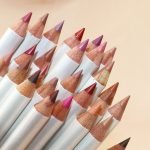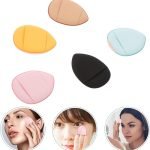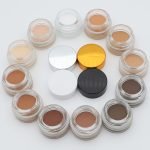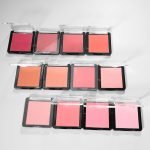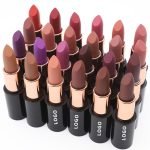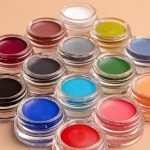Are you thinking of starting a cosmetic business or wondering who your target audience should be? Then you must go by the old adage that “If you try to sell to everyone, then you’ll end up selling to no-one.” You must choose your target audience before coming up with your cosmetic product. It is significant to narrow down your product niche so that you can go ahead with a focused cosmetic brand strategy. Moreover your niche is not confined to particular age or demographics as you can come up with a unifying idea to have a larger consumer base beyond gender and age.
it is crucial to have a target audience before diving into the world of cosmetic business. The cosmetic industry has limitless options and the best way to steer clear your way to success is to have a defined target audience and an astounding communication strategy with a notion to make powerful connections with potential consumers.
What’s a target audience?
The target audience refers to the ideal customer group that a brand or company hopes to attract. For cosmetics brands, the target audience is consumers who are most likely to purchase their products and resonate with their brand values and image. The target audience is typically defined based on a set of criteria, including age, gender, income, education level, occupation, lifestyle, beauty habits, brand loyalty, and more. By identifying their target audience, brands can better position themselves in the market, develop products, formulate marketing strategies, and build brand reputation and customer loyalty.
How can cosmetics brands determine their target audience?
Conduct primary research
Primary research involves collecting data directly from potential customers. This can be done through surveys, focus groups, or interviews. Brands can ask questions about demographics, psychographics, and purchasing habits to gain insights into their target audience. For example, brands can ask questions about age, gender, income, lifestyle, beauty routine, and product preferences.
Analyze secondary research
Secondary research involves analyzing data that has already been collected by other sources. This can include market reports, industry publications, and government statistics. Brands can use this data to gain insights into the market size, trends, and target audience characteristics. For example, brands can analyze industry reports on the size and growth of the cosmetics market, consumer behavior studies, and beauty trend reports.
Use customer data
Existing customer data can provide valuable insights into the target audience. Brands can analyze customer demographics, purchasing habits, and product preferences to gain insights into the characteristics of their ideal customer. For example, brands can analyze data on customer age, gender, location, purchase history, and feedback.
Analyze social media engagement
Social media platforms provide valuable data on the engagement levels of followers. Brands can analyze the types of content that receive the most engagement, the demographics of engaged followers, and the channels that receive the most engagement to gain insights into the target audience. For example, brands can analyze the engagement levels of posts that feature different types of beauty products, styles, and influencers.
Conduct competitor analysis
Analyzing the marketing strategies of competitors can provide insights into the target audience. Brands can look at the types of products, marketing messages, and advertising channels that competitors are using to gain insights into the target audience. For example, brands can analyze the marketing strategies of competitors that target similar segments of the market.
Consider product features and benefits
The features and benefits of cosmetics products can provide insights into the target audience. For example, if a brand offers products that are specifically designed for acne-prone skin, their target audience is likely to be consumers who have acne-prone skin. If a brand offers products that feature natural and organic ingredients, their target audience is likely to be consumers who are interested in natural beauty products.
Determining the target audience requires a combination of primary and secondary research, customer data analysis, social media engagement analysis, competitor analysis, and a deep understanding of the product features and benefits. By identifying their target audience, cosmetics brands can create targeted marketing campaigns, product offerings, and messaging that resonate with their ideal customers and build a loyal customer base.







